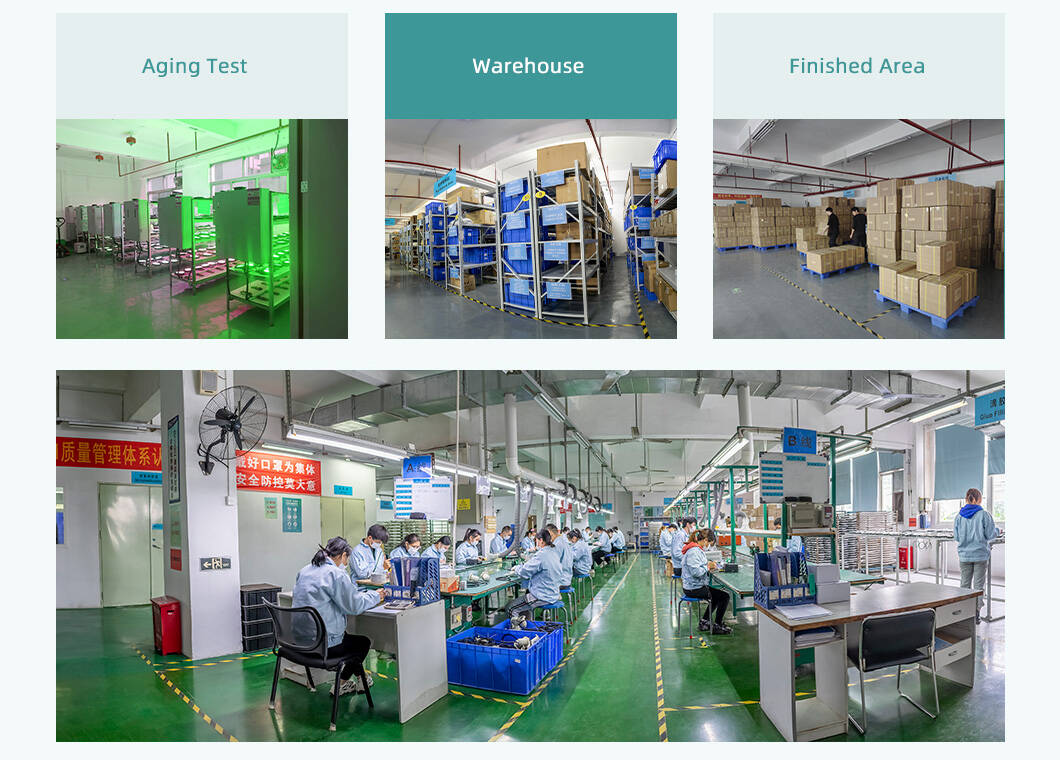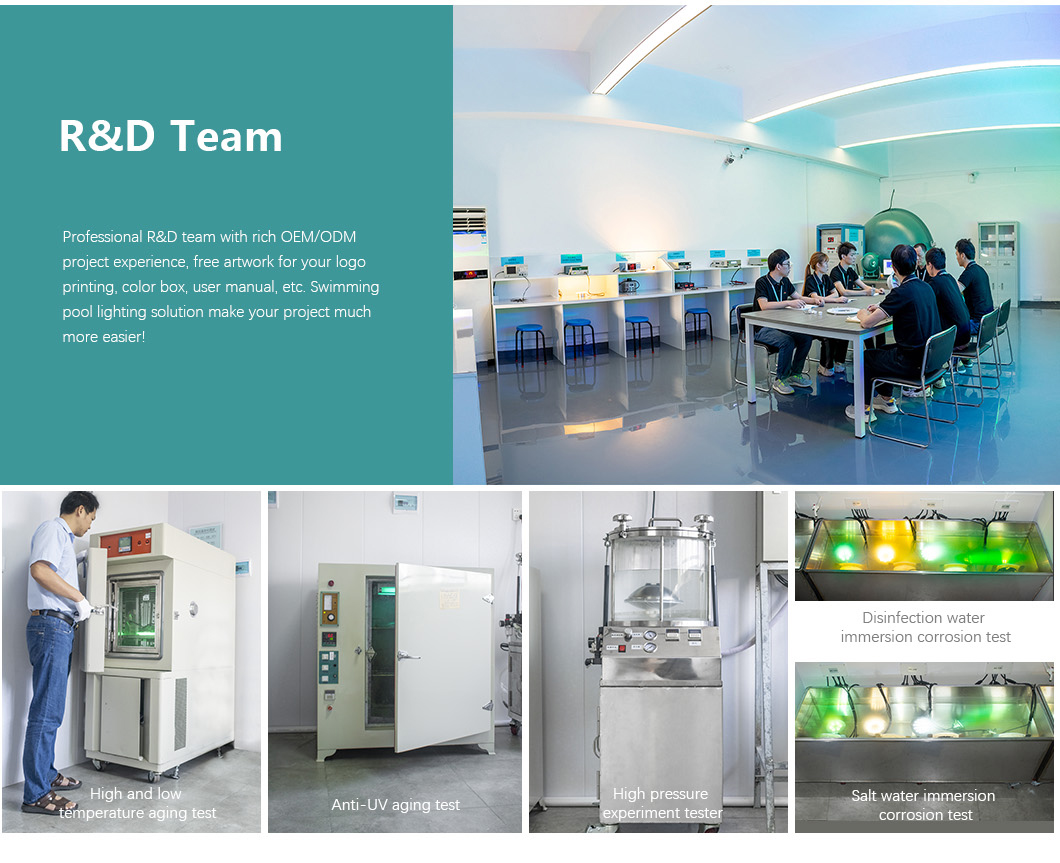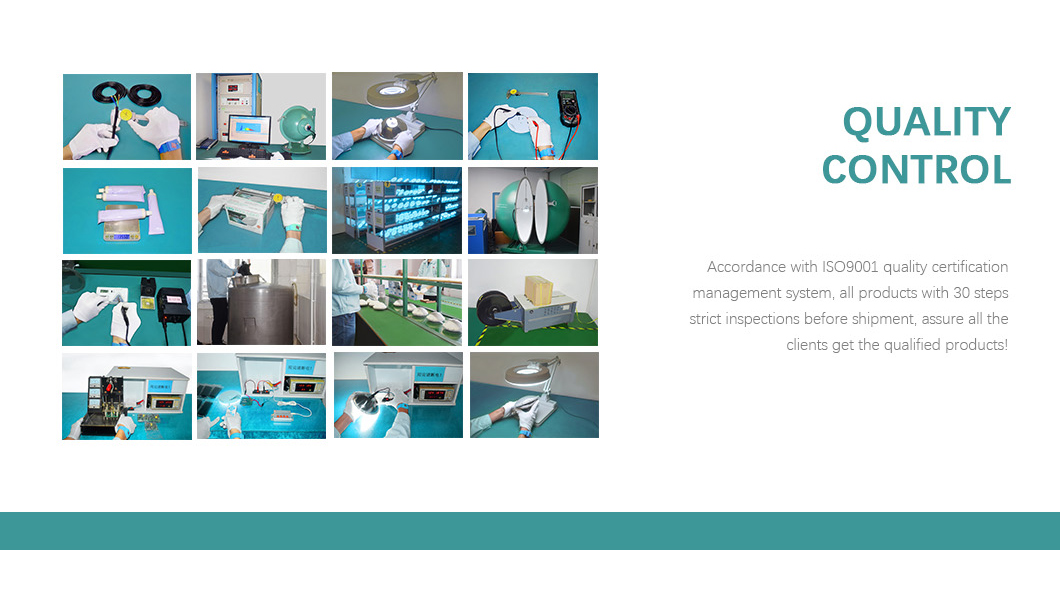18W DMX512 control underwater led lamp
underwater led lamp Features:
1. Exclusive IP68 waterproof structural technology.
2. The lamp body is made of 316L stainless steel, high-quality engineering plastics (such as ABS and PC), and aluminum alloy (with anodized finish). These materials effectively resist corrosion from seawater, chlorinated pool water, and chemicals.
3. Service life typically reaches 30,000 to 50,000 hours or even longer.
4. High color rendering index (CRI > 90), capable of displaying millions of colors via a controller.
5. Operates on safe low-voltage 12V or 24V electricity, eliminating the risk of electric shock even in the event of accidental damage.
underwater led lamp Parameters:
|
Model |
HG-UL-18W-SMD-R-RGB-D |
|||
|
Electrical |
Voltage |
DC24V |
||
|
Current |
750ma |
|||
|
Wattage |
17W±10% |
|||
|
Optical |
LED chip |
SMD3535RGB(3 in 1)3WLED |
||
|
LED (PCS) |
12PCS |
|||
|
Wave length |
R:620-630nm |
G:515-525nm |
B:460-470nm |
|
|
LUMEN |
600LM±10% |
|||
Company Profile:
Underwater LED Light Frequently Asked Questions (FAQ)
Part 1: Questions Before Purchase
1. Q: What’s the difference between IP68 and IP67? Which is better?
A: Both are high protection ratings. The key difference lies in the immersion depth and time.
IP67: Indicates temporary immersion in 1 meter of water for 30 minutes.
IP68: Indicates continuous immersion in water deeper than 1 meter, with the specific depth specified by the manufacturer (e.g., 1.5 meters, 3 meters, or deeper).
How to Choose: For lights permanently installed on the bottom of pools or in deep water, IP68 is the preferred choice. For lights that are occasionally exposed to water or in shallow water, IP67 is sufficient. Please check the manufacturer’s specifications for the specific water depth when purchasing.
2. Q: How many watts (W) or lumens (LM) should I choose?
A: This depends on the application and required brightness.
Watts (W) represent power consumption, while lumens (LM) represent actual brightness. Focus more on the lumen value when choosing.
Small fish tanks/decorative ponds: 3W – 10W is sufficient.
Standard residential swimming pools: Depending on the pool size, typically between 15W – 50W. Refer to the manufacturer’s recommendations for “illuminance per square meter”.
Principle: Brighter isn’t always better; excessively bright light causes light pollution and discomfort. For aesthetic purposes, color temperature and color effect are more important than absolute brightness.
3. Q: What’s the difference between RGBW and RGB?
A: RGB: Refers to red, green, and blue color chips. By mixing these three colors, various colored lights can be created, but pure white light cannot be produced. The white light it produces is usually a “mixed white light” with a bluish or pinkish tint.
RGBW: In addition to RGB, it adds a separate white chip (usually cool white or warm white). This not only produces purer, higher-quality white light but also makes the colored light more vibrant and accurate. If you need high-quality white light (such as main pool lighting), RGBW is a better choice.
4. Q: Which is better for lamp housing material (plastic vs. stainless steel)?
A: Each has its advantages and disadvantages, depending on the usage environment.
Stainless steel (316/304): Advantages include extreme strength and corrosion resistance, especially suitable for seawater environments and situations where impacts may occur. Disadvantages include higher cost and heavier weight.
Engineering plastics (ABS/PC): Advantages include low cost, light weight, and good insulation, perfectly adequate for freshwater pools and fountains. Disadvantages include potential aging under long-term UV exposure (although high-quality plastics are UV resistant) and less scratch resistance than metal.
Summary: Stainless steel is suitable for seawater, while high-quality plastic is sufficient for freshwater pools and aquariums.


















